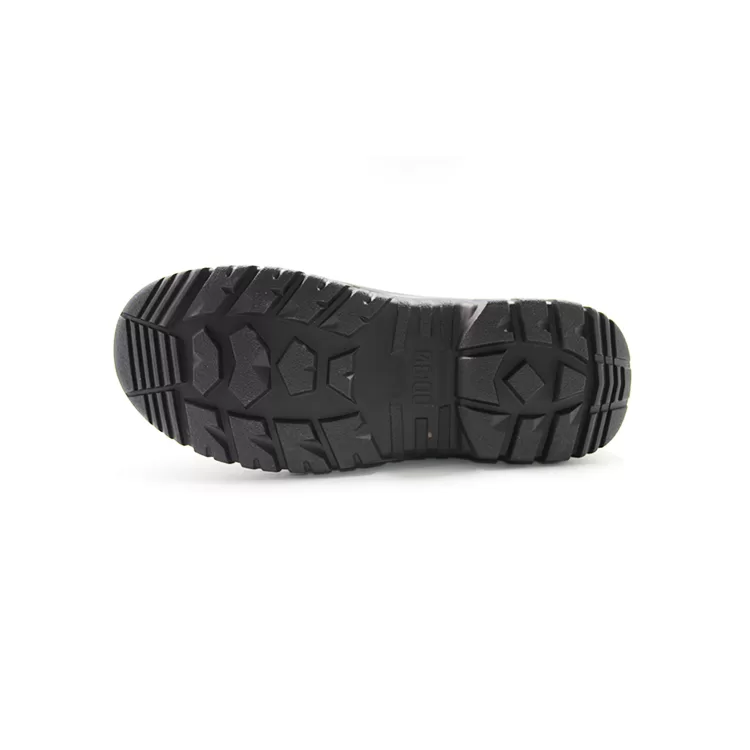To evaluate the quality of shoes, we need to approach it from both the exterior and interior aspects. The quality of the interior often requires the use of testing instruments. Therefore, for consumers, identifying shoe quality from its appearance is more practical. In terms of appearance, the quality of a shoe is primarily judged by the quality of the materials (including the upper, outsole, and lining) and the craftsmanship.
Upper
The upper is an important part of the shoe. For polished leather shoes, the quality depends on whether the leather is soft and full. After pressing the upper, there should be no surface looseness. A well-made upper should be soft and without any loose surfaces. For suede leather shoes, it is important to check if the nap is short and even. And if the color is consistent. The lining is part of the upper, used to reinforce it and prevent stretching deformation. Therefore, a good lining material (such as genuine leather) should have a good feel, breathability, and moisture absorption and sweat wicking properties. And should not fade easily. During the stitching process, there should be no wrinkles inside the shoe.

Outsole
From an external perspective, the adhesion around the outsole should be tightly without gaps, and the bottom surface should be flat.

Heel
Whether it’s a low heel or a high heel. The first thing to check is whether the heel fits naturally with the shoe and if the seams are smooth. For women’s high heels, if the heel height exceeds half an inch, the following two points are particularly important: first, the heel should be securely attached to the outsole and should not rock left or right or front to back; second, the sole area should not be smaller than the heel base.
Stability
Place the shoe on a flat surface, and the shoe should immediately come to a standstill. Such a shoe has good stability, which is also one of the basic conditions for high-quality shoes.